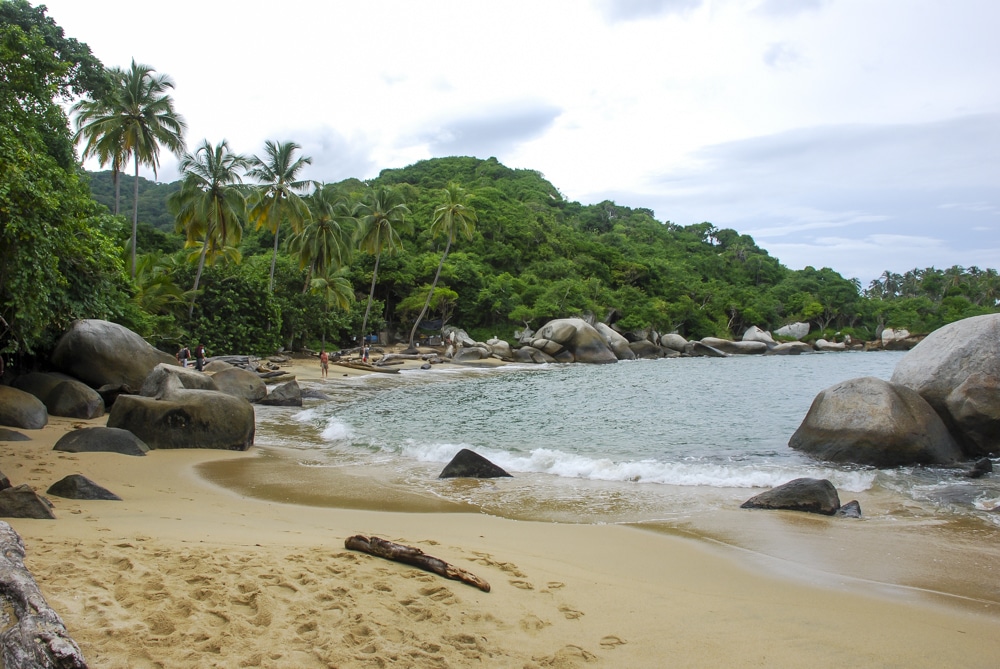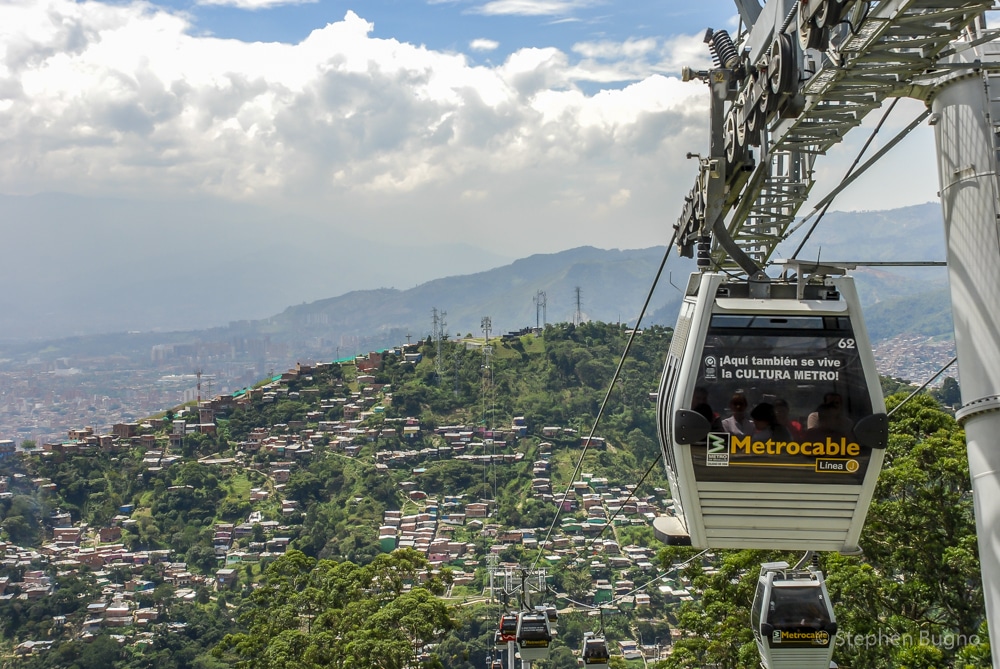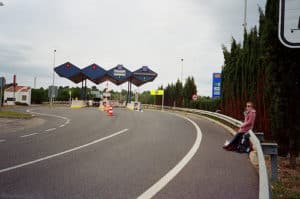Colombia is fast becoming one of South America’s best travel destinations. Picturesque landscapes, Caribbean beaches, snowcapped mountains, ancient ruins, and the friendliest people you’ll ever meet, this country is a true gem for travelers looking for something more than a typical South America travel experience. Colombia has worked hard to overcome its negative image of the past, and the world is starting to see the joy and passion of the Colombians, especially during the recently completed World Cup in Brazil.
Here are some frequently asked questions about traveling in Colombia, useful for those planning to travel there and those joining our Experience Colombia Tour.
Table of Contents
Travel to Colombia FAQs
What’s the weather and climate like in Colombia?
Colombia has a varied climate. It is warm and tropical in the coastal area in the north and west of the country, as well as the Amazon region, with temperatures hovering around 32°C (89.6°F) during the day, and 27°C (80.6°F) at night. The climate is cooler in the upland area, such as Bogotá and the coffee country, with average highs of 19°C (66.2°F) and average lows of 8°C (46.4°F). It is cold in the mountain area, and can be freezing in the cooler months.
When is the best time to visit Colombia?
You can visit Colombia year round. The best time to visit is during the drier months from December to March and July to August. Places like Medellín have spring-like weather year round and can be visited at any time of the year.
Do I need a visa for Colombia?
Nationals of most countries, including the U.S.A., Australia, Western European countries, Singapore, Malaysia, Japan, do not need a visa to enter Colombia, and will be given 30-90 days visa-free stay upon arrival.
What immunizations do I need?
No vaccinations are required to enter Colombia. But it is advisable to have the routine immunizations, such as Polio, MMR, and diphtheria-tetanus-pertussis. It is also recommended to get Hepatitis A, Typhoid, and Yellow Fever. You should also look into malaria prevention if you are traveling to the Amazon region (not part of our tour).
Is Colombia safe for travelers?
Tens of thousands of visitors safely travel in Colombia each year. Security has improved significantly in the last decade or so. Tourist destinations such as Bogotá and Cartagena, are generally safe. However drug related violence still affects rural areas and certain parts of large cities. Kidnapping cases have almost been eradicated thanks to the Colombian government and the military crackdown on terrorist activities: There are security checkpoints on all major highways.
The only concern any traveler might have is petty crime, such as pickpockets and mugging. It’s not a common occurrence, and can be avoided as long as you exercise common sense and take some precautions.
In the one and a half year I lived in Colombia, my safety was never in jeopardy, and I had never heard of anyone being kidnapped, much less tourists.
Is marijuana legal in Colombia?
The sale and transportation of marijuana is illegal in Colombia. However, since 1994, cannabis has been decriminalized for possession of small amount, up to 22 grams for personal consumption.
Can I withdraw money from ATMs in Colombia?
Most credit cards work in Colombian ATMs: Visa, MasterCard, AMEX, etc. Since most banks charge the users for overseas withdrawal, it is advisable to withdraw the maximum amount out of an ATM. Unfortunately, most ATMs in Colombia only allow a single day withdrawal of up to 400,000 COP (US$205). You can find some ATMs that have higher daily withdrawal limit, but it won’t exceed 500,000 COP (US$256). It’s best to withdraw money in big cities, as smaller ones might only have a couple of ATMs. Places like touristy Parque Tayrona and Cabo de Vela have no ATMs. Make sure to withdrawal money during daylight hours to lessen the possibility of getting mugged.
Is Colombia expensive/cheap to travel?
It depends on your travel style. Colombia is not an expensive country to travel. A dorm bed costs around US$15 and a private room costs around US$25. A set meal in a local restaurant will cost you around US$2-4, while a can of beer will set you back US1.5. But remember that things cost more in touristy areas like Cartagena and Parque Tayrona.
Specific Questions for Experience Colombia Tour Members
Do I need to carry a guidebook?
You don’t need one for our guided Colombia tour. But since you will have free time to explore on your own, a guidebook might come in handy. On the tour, we will provide you with logistical information and important cultural knowledge, but you are welcome to bring along any supplementary reading materials.
Do I need to pack any special clothes?
Nothing on our tour will require you to dress formally, so pack your casual clothes. We will also be spending more than a day at the beach and jungle, so pack your beach wear and sandals. Don’t forget your sunscreen.
Do I need a backpack and what size should I take?
You don’t have to carry a backpack. Use whatever type of luggage you are comfortable with. Know that you’ll be responsible for carrying your own bag. Using public transportation, we’ll want to maintain our mobility. For this reason, you’re encouraged to pack as lightly as possible. I use a 35L backpack and a 2.5L daypack.
Will we have an opportunity to do laundry on the trip?
Yes, we will have at least two opportunities to do laundry: on our third and last stop. But should you need to do laundry at any point during the tour, we’ll help you find the nearest laundry shops. You can always wash small clothes items in the sink/shower.
How much extra cash should I bring?
It depends on your personal spending habits. US$10-15 per day should be more than enough to cover your two meals per day. Always carry extra cash with you for emergency or to buy souvenirs. I usually carry a couple hundred dollars to exchange when traveling overseas as well as have ATM cards to pull out local currency.
What will the public transportation be like?
Intercity transport will be on buses (coaches). These buses are generally comfortable and air-conditioned. Night bus can be a bit cold, so bring a jacket for these rides. Colombia doesn’t have freeways/highways so some of the roads can be bumpy and windy. Bring motion sickness pills if you are prone to getting sick.
Within cities we will mostly use public transport. Medellin and Bogota have excellent public transport system of buses, metro, and cable cars.
What are the accommodations like?
We will be staying in dorms in small, clean, and safe hostels and guesthouses. These hostels generally will have lockers where you can store your valuables. The one night at Parque Tayrona we will be sleeping either in a hammock or a tent.







